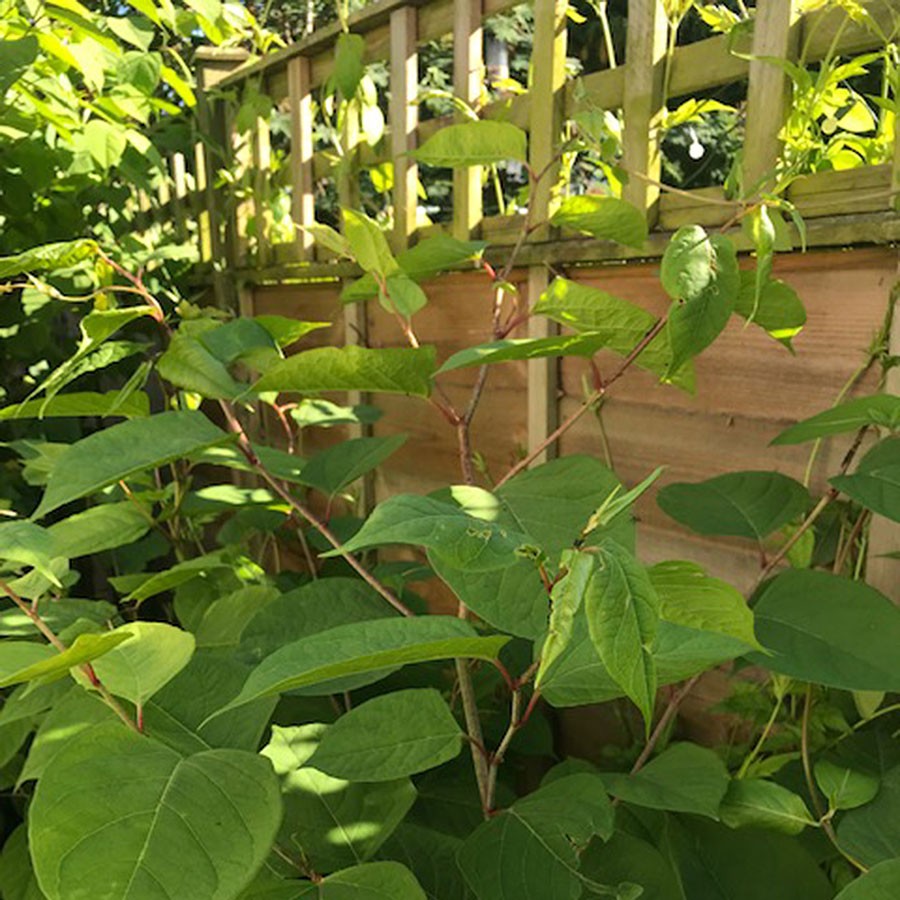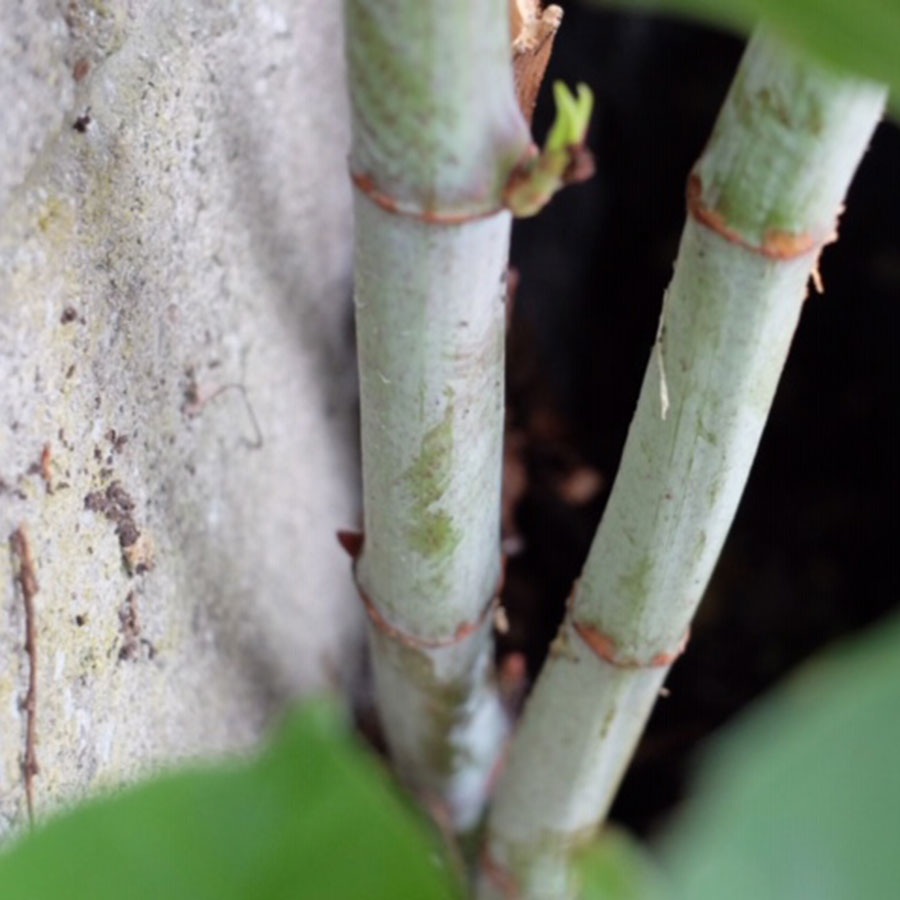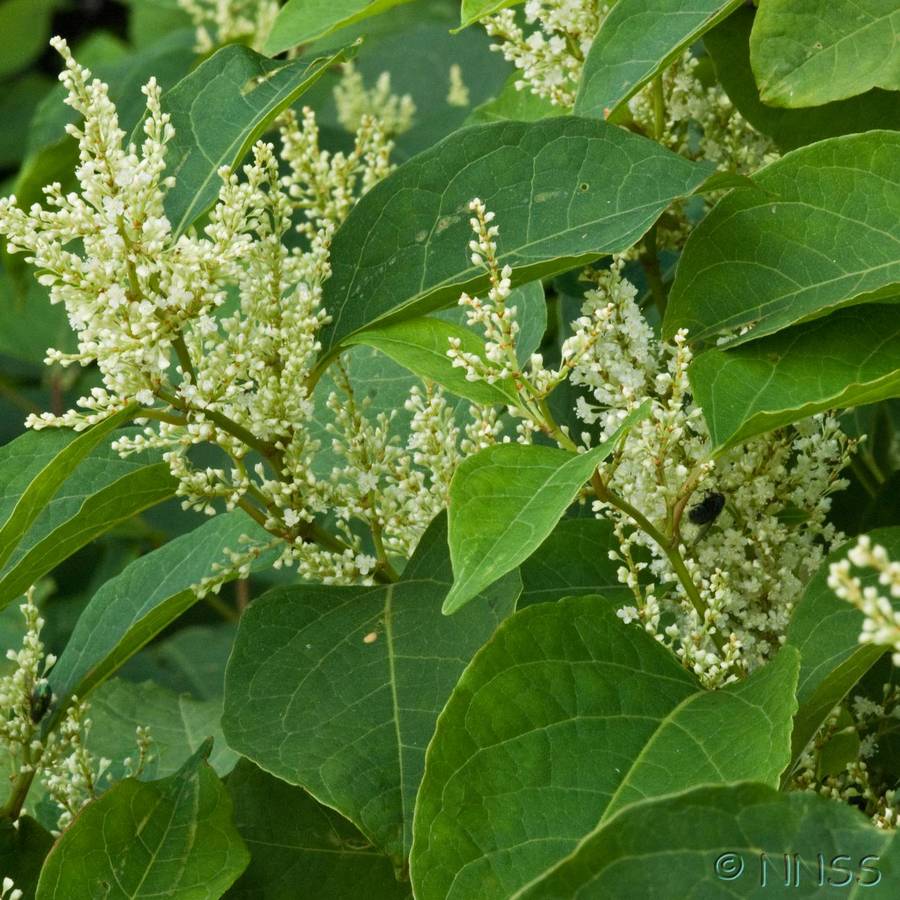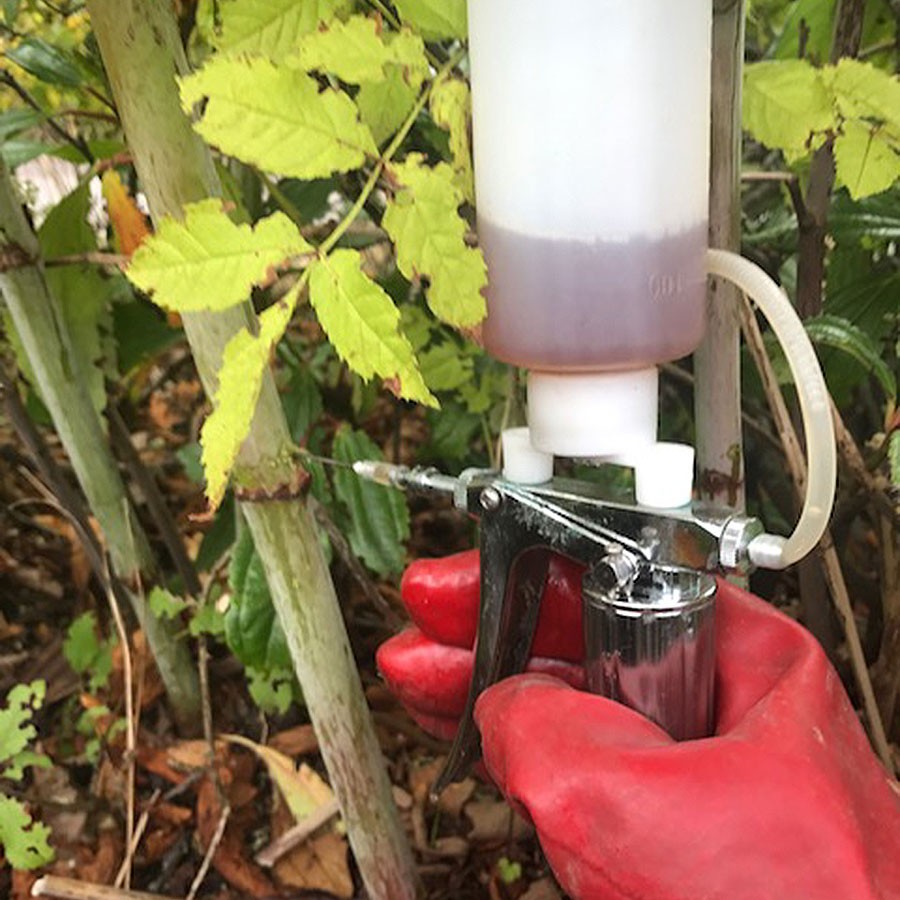Japanese Knotweed Control and Eradication in Wiltshire and Japanese Knotweed control and eradication in Salisbury. Covering the whole of the county of Wiltshire and urban centre of Salisbury. We aim to closely monitor our sites and react to any outbreaks quickly.
We offer management plans and insured backed guarantees to aid in mortgage applications and property sales as well standard treatment programs tailored to your budget and required duration.
We offer the following services in the whole of the county of Wiltshire and urban centre of Salisbury.
Invasive Weed Control Services Wiltshire
We offer the following services in Wiltshire and Salisbury:
Invasive Non-Native Species explained
How can we help you?
Why won’t my mortgage company lend if Japanese knotweed has been detected?
The concern from lenders, is the potential for damage to the property, drainage and hard standings caused by the unseen parts of the plant and a reluctance for building insurers to cover damage that they deem to be gradual.
There has also been a lack of understanding to the severity of the issue of the presence of Japanese knotweed. The royal institution of chartered surveyors (RICS) have gone some way in developing a scale of risk to help clarify this. Meaning that the presence of Japanese Knotweed does not automatically mean the worst.
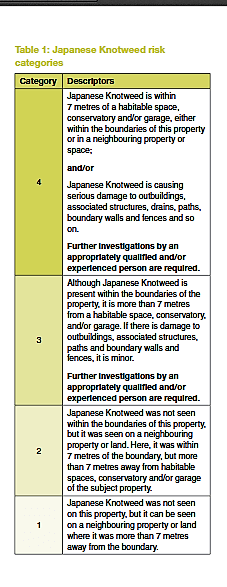
RICS Professional Information, UK – Japanese Knotweed and residential property (PDF document)
What does a Japanese Knotweed Survey consist of?
A request to survey will entail liaising onsite with a qualified surveyor. Regardless if you know exactly where the Japanese Knotweed is on the property or land, or you have difficulty identifying it, the first contact and chat with you is incredibly useful as you can provide a great deal of historical and geographical information.
A thorough walk through of the site will reveal any evidence of Japanese Knotweed, even in the winter time there are always indicators. We would also be looking for clues and information as to how Japanese Knotweed arrived at the location in the first place and how to prevent it from contaminating the rest of the property or land, this is known as biosecurity. The site will then be measured and any Japanese knotweed plotted in relation and proximity to any dwellings or hard standings. It will also be established as to any Japanese knotweed in neighbouring properties or land..The information will be presented in a survey report in which a site plan will be generated and additional research will have been obtained to clarify any evidence e.g. land registry or aerial maps.
I have looked at your website and I’m sure that I have Japanese knotweed am I breaking the law by having it on my property?
It is not illegal for you to have Japanese knotweed on your property but it is your responsibility take on the role of remediating the problem.
Ignoring the problem will effect not just your property and its localised environment, but your neighbours properties and any others natural areas such as park land, water ways and areas of social or special interest. Failure to acknowledge your responsibility could bring you to the attention of local authorities and the police who have the power to issue community protection notices.
Removing material from site that contains Japanese Knotweed must be classified as controlled waste.
It is illegal to dispose of controlled waste in the incorrect manner and without registering to do so and certainly disposing of Japanese Knotweed controlled waste improperly can result in prosecution.
I want to buy or sell a house that has Japanese Knotweed. How will the mortgage get approved?
With a better understanding of the implications of Japanese Knotweed, lenders are now far more likely to approve a mortgage for a property with Japanese Knotweed present.
Guidance from RICS, the environment agency, INNSA, The Property Care Association and a solid template for treatment by trained contractors like ourselves have combined to satisfy lenders that the Japanese knotweed will be controlled and remediated.
The first stage is to commission or seek evidence of a standard Japanese Knotweed Management Plan this will confirm a commencement date, projected completion date and consist of:
- 3 years treatment
- 2 years monitoring
- Annual end of season reports (documenting progress of treatment)
- Certificate of remediation after two years of no consecutive re- growth
Each individual case of Japanese Knotweed is unique to its setting so we will devise the best solutions and recommendations to tailor make your management plan
Combining a standard management plan with an insurance backed guarantee (IBG) is the most effective way to satisfy lenders. A 5 year guarantee in addition to a 5 year management plan gives 10 years of cover which can be insured through a specialist insurer. Insurance backing your management plan and guarantee means that from the immediate start of treatment you are covered in the event that a contractor is an unable to complete their obligation due ceasing to trade for whatever reason. The Insurer will have full details of the management plan and will be able to allocate a new contractor to complete and honor the full term.
What is entailed in the control and eradication of Japanese Knotweed?
Extensive studies have shown that the safest and most cost effective way to remediate and eradicate Japanese Knotweed and Invasive non-native plants is with herbicide treatment.
This can be via knapsack sprayer or stem injection depending on where the stands of Japanese knotweed are and how large they are. Knapsack sprayer application is perfect for areas that do not contain specimen shrubs desirable annuals, perennials, lawns and grasses in very close proximity. The delivery method is incredibly effective at getting full coverage of all above ground foliage of Japanese Knotweed.
Stem injection is also very successful and highly effective in the eradication of Japanese Knotweed and is ideal if Japanese Knotweed is growing in formal gardens, areas of special scientific interest (SSSIs), Special Protection Areas (SPAs) Special Areas of Conservation (SACs) or other ecological restraints.
Revegetation should always be a consideration once a management plan is in the completion phase .This is a crucial opportunity to reinstate biodiversity after an invasive attack and can also be an effective way to prevent other INNS from exploiting a vulnerable location.
What type of herbicides do you use? Are they harmful to humans and animals?
We use a glyphosate based herbicide which can only be obtained under licence and must pass through stringent health and safety testing.
There are no restrictions as regards to exclusion from the area for humans or animals after application. Glyphosate is a systemic, non-selective herbicide which only targets and inhibits certain enzymes in plants, vital for protein conversion, growth and cell integrity
All our operatives must have passed a specific examination in the safe use of pesticides and herbicides before handling and applying to Japanese Knotweed or any other INNS
In the event that Japanese Knotweed is close to water courses or ditches, application for consent will be made to the environment agency. Glyphosate is one of the very few herbicides that will be considered in use around water.
Glyphosate is also non residual meaning that it will dissipate on contact with soils and will not remain or contaminate. We follow closely, current legislation and would never actively use a product that put yourself, ourselves or animals at risk.
Herbicide application seems to take quite a long time: are there any other methods you can use?
Yes, there are more timely methods, they require larger expenditure best suited to larger developments:
Stockpiling and Bunding
Excavation of Japanese Knotweed rhizome infested soils after initial herbicide treatment, relocation to an unused part of the site or land, deposited in shallow membraned trench and spread to height of no more than 0.5m to allow regrowth to be treated
Burial
Excavation of Japanese Knotweed Rhizome infested soil must be encapsulated and buried to a minimum depth of 2m and covered with 5m of soil with consent granted from the environment agency
Root Barrier
- Installation to prevent or to retain Japanese Knotweed contaminated soil
- A Geotextile is installed to an optimum depth of 3m
- Which will run deeper than Japanese knotweed rhizomes thus containing the infestation
Excavation and removal off site
- A meticulous plan must be devised that designates specific haulage routes
- Prevention of spillage of contaminated soils
- Specific use of tracked vehicles
- A Japanese Knotweed Clerk of works
- Stringent bio securities
- A controlled waste declaration and consent from the environment agency

